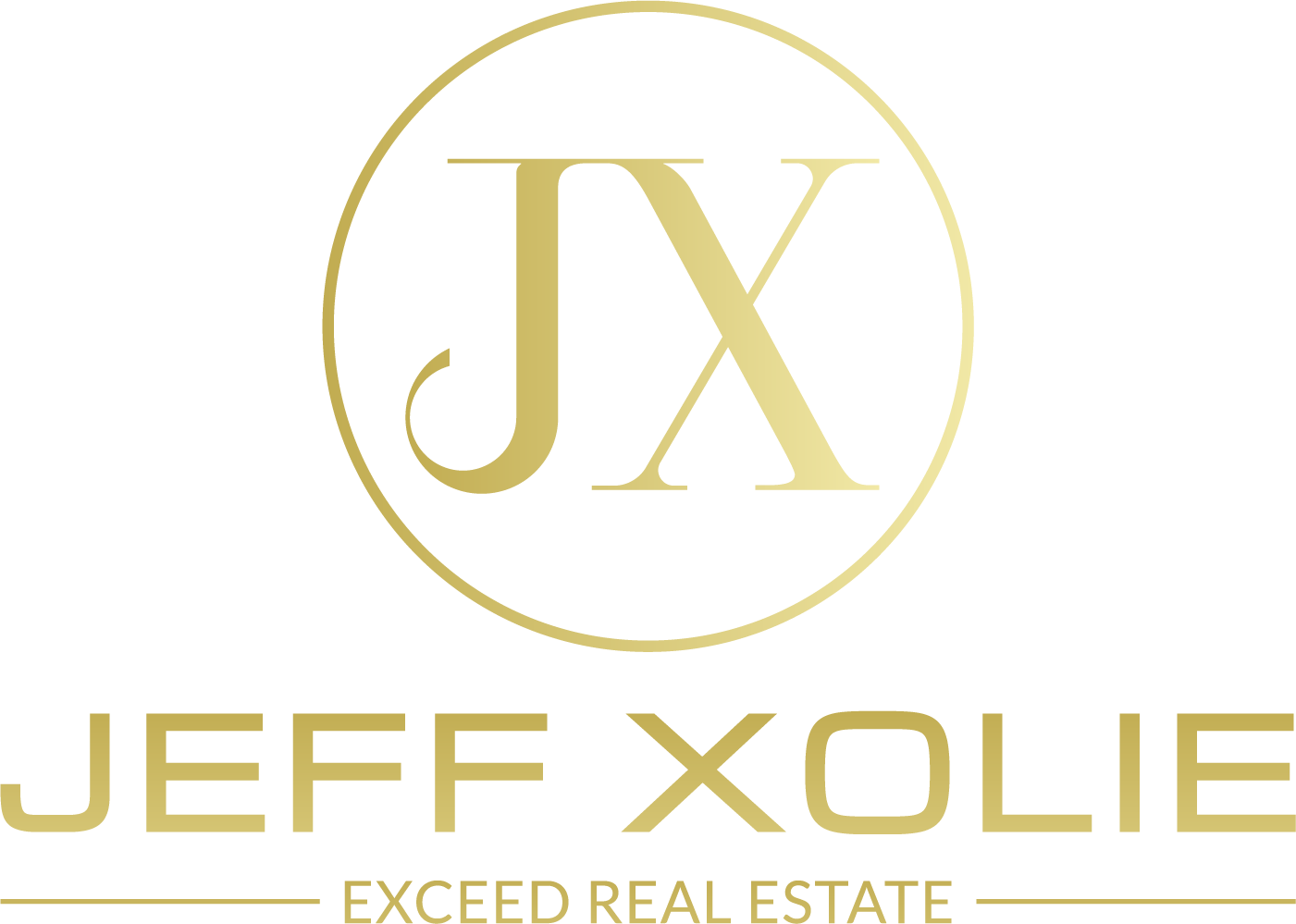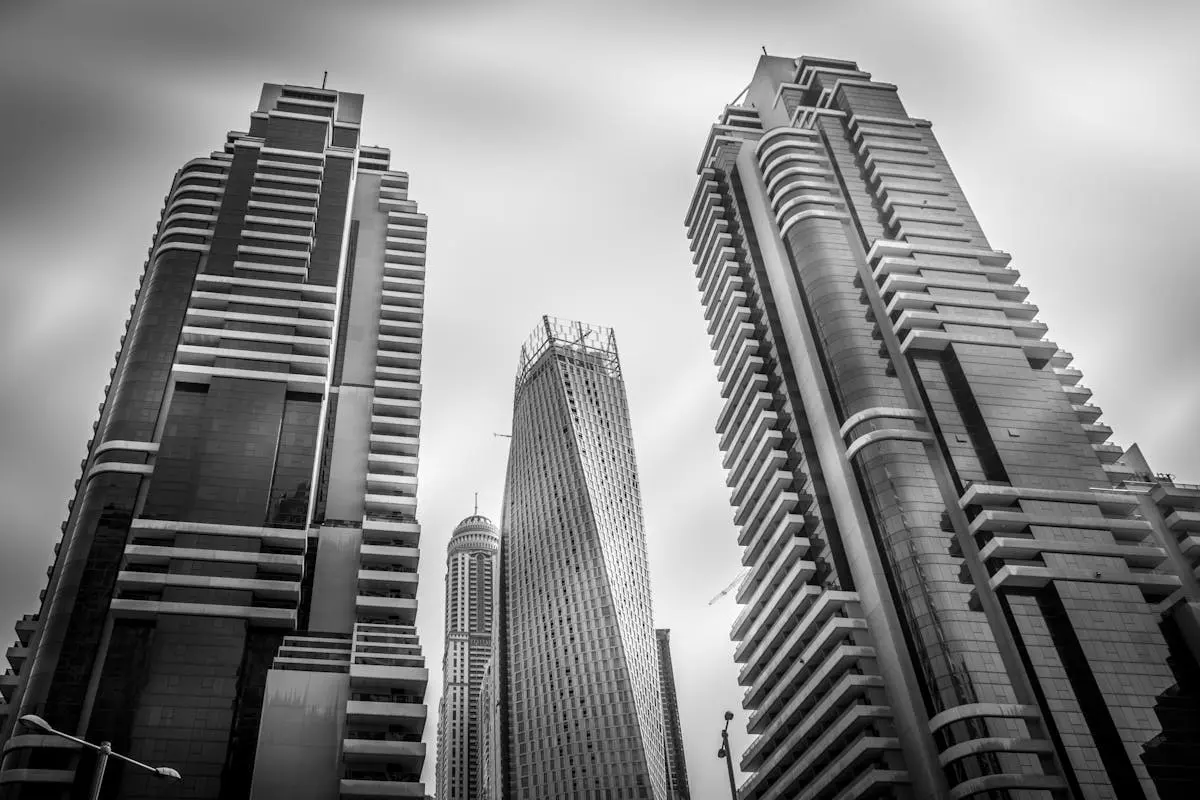Dubai’s real estate market stands out for its rapid growth, luxurious developments, and unique investment opportunities. In contrast, Sweden’s market exhibits stability and sustainability. This article explores key differences that define both markets.
Cultural Influence on Real Estate
Explore how cultural differences shape the preferences of buyers and investors in Dubai and Sweden.
In Dubai, the real estate market reflects a melting pot of cultures, where expatriates from around the globe influence property preferences. This diversity encourages a broader range of property styles and investment opportunities.
In contrast, Sweden’s real estate culture is deeply rooted in a strong sense of community and sustainability. Buyers often prioritize eco-friendly developments and gather to discuss local issues, which colors their property choices.
Moreover, while buyers in Dubai are often drawn to opulent amenities and luxury lifestyles, many Swedish buyers focus on practicality and long-term sustainability. This cultural dichotomy greatly influences market trends.
Understanding these cultural nuances is crucial for investors aiming to operate successfully in either market. The more one comprehends the local mindset, the better one can tailor their offerings.
Economic Factors Driving Growth
Analyze the economic drivers behind Dubai’s booming real estate compared to Sweden’s stable market.
Dubai’s rapid economic growth is significantly fueled by its strategic position as a global business hub. This environment boosts demand for luxury properties, with investors keen to capitalize on its emerging markets.
Conversely, Sweden’s economy is characterized by stability and a well-established welfare state. Here, the real estate market grows more steadily, largely driven by local demand and sustainable long-term investments rather than speculative purchasing.
A major difference lies in how both markets respond to global economic shifts. Dubai tends to react swiftly, often creating lucrative opportunities during downturns, while Sweden’s approach is cautious and measured.
Understanding these varying economic frameworks is imperative for investors, as they provide insight into risk assessment and potential returns in both regions.
Investment Regulations and Opportunities
Discuss the regulatory environments in both regions and how they affect foreign investment.
Dubai encourages foreign investment through favorable regulations, allowing 100% ownership in several sectors. This welcoming stance creates attractive investment opportunities that lure investors from Sweden and beyond.
In Sweden, foreign investment, while still prevalent, is more regulated. The property market is governed by stringent laws ensuring fairness and accountability, focusing on long-term growth rather than quick profits.
Additionally, the process of purchasing property in Dubai can be simplified by using online platforms, making it accessible for international buyers. Meanwhile, Sweden’s established real estate practices ensure buyers have a clear understanding of the implications and responsibilities involved.
Both environments present unique opportunities but require different approaches and strategies to maximize returns on investment.
Market Trends and Development Projects
Review current market trends and significant development projects shaping Dubai’s landscape versus Sweden’s.
Dubai’s skyline is continuously evolving, with projects like The Palm Jumeirah and Dubai Creek Tower exemplifying visionary planning and opulence. Such grand projects highlight Dubai’s ambition to be a leading global destination.
In contrast, Sweden focuses on sustainable development, with projects that prioritize eco-friendly materials and green spaces, such as the Hammarby Sjöstad in Stockholm. This trend reflects a commitment to preserving the environment while accommodating urban growth.
The disparity in development scale can be striking—Dubai’s projects often boast grandeur, while Sweden emphasizes social responsibility and livability. Both approaches have their merits, appealing to different segments of the market.
For investors, remaining informed about these trends is crucial. Understanding which developments are likely to succeed based on cultural and economic factors can lead to more strategic investment decisions.
Sustainability and Future Outlook
Consider the sustainability efforts in each real estate market and their implications for the future.
In recent years, Dubai has made strides toward more sustainable building practices, implementing initiatives aimed at reducing carbon footprints. However, luxury still dominates, and balancing sustainability with opulence remains a challenge.
Sweden, on the other hand, is considered a leader in sustainable real estate, with most new developments adhering to stringent environmental standards. This commitment places an emphasis on renewable energy and efficient use of resources.
Looking ahead, the challenge for Dubai will be to maintain its appeal to luxury buyers while evolving toward sustainable growth. Meanwhile, Sweden’s focus on sustainability positions its market well for long-term stability amid growing environmental concerns.
Ultimately, both markets provide valuable lessons on the balance of luxury and sustainability. Understanding these efforts can guide investors in aligning their strategies with future trends.
Final Thoughts
Understanding the unique characteristics of Dubai and Sweden’s real estate markets helps investors make informed decisions. Each market offers distinct opportunities and challenges, influenced by economic, cultural, and regulatory factors.

